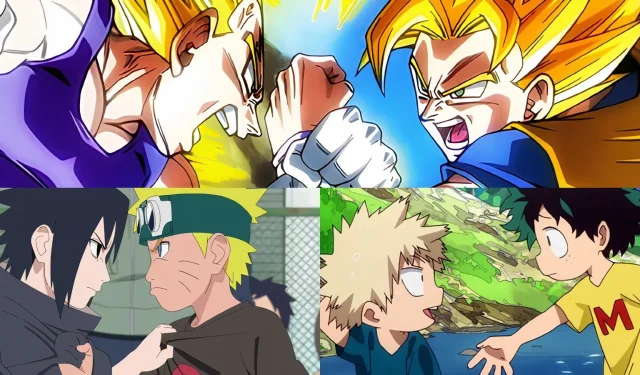
Essential Insights
- Iconic rivalries in anime drive character development and excellence through dynamic interactions.
- These rivalries reflect strengths and weaknesses, fostering growth and self-discovery.
- Notable rivalries like Goku/Vegeta and Naruto/Sasuke illustrate the benefits of competitive yet supportive relationships.
Rivalries in anime stand out as some of the most powerful relationships within the medium, enriching character arcs, plot developments, and the overall evolution of protagonists. Beyond mere antagonism, these relationships embody a dynamic tension that motivates characters to excel. Whether characterized by friendly competition or fierce rivalry, these connections play a critical role in shaping individuals as they aim to surpass their counterparts. This “push and pull”effect is vital, influencing not just their skills but also their beliefs and approaches.
Rivalries act as reflective mirrors, revealing each character’s strengths and weaknesses while indicating areas needing improvement. Rather than merely enhancing strength, they provide insight into the characters’ deeper natures and aspirations. Through rivalry, anime characters engage in profound self-examination, pushing themselves to become better, stronger, and wiser individuals. Let’s explore some of the most memorable rivalries in anime and their capacity for fostering transformational relationships.
Goku and Vegeta: Evolution via Competition
A Prideful Rivalry Beyond Interplanetary Bounds
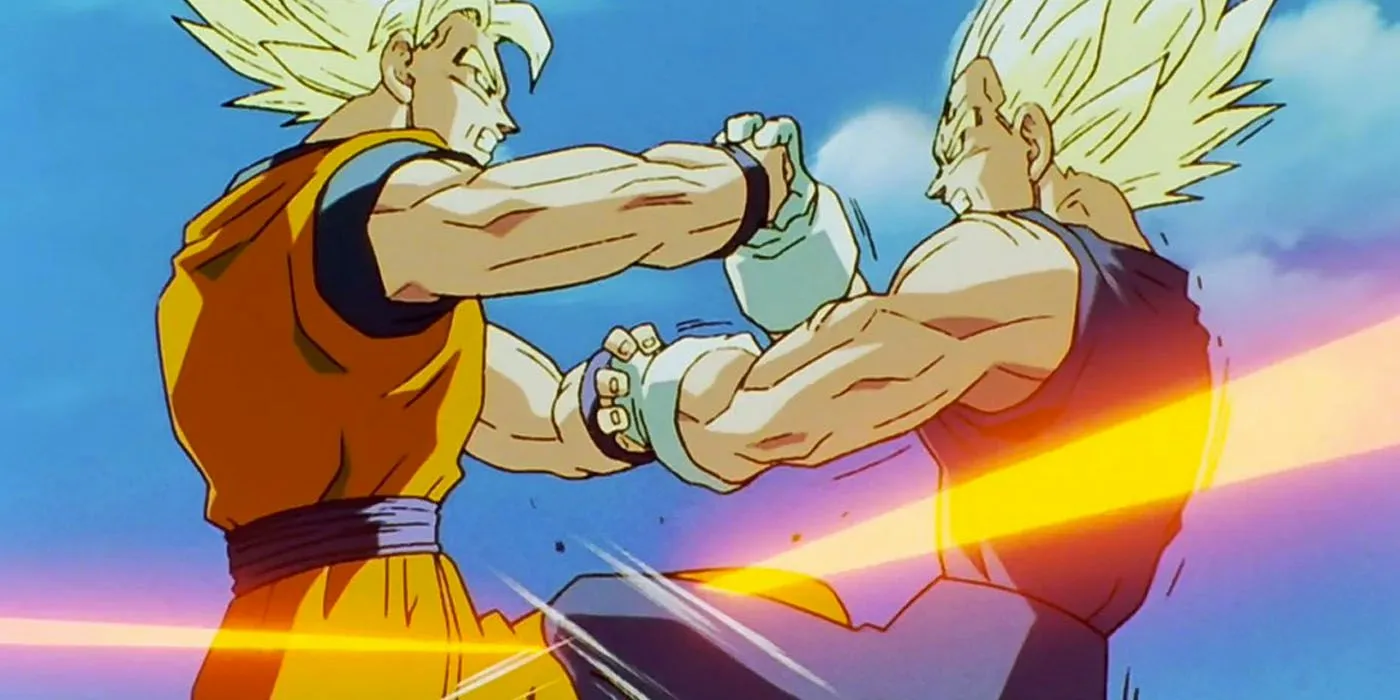
The rivalry between Goku and Vegeta from Dragon Ball exemplifies a partnership where both characters continuously surpass their limits. Unlike typical antagonists, both are united in their quest for strength, evolving from foes into respected rivals. Initially a villain, Vegeta quickly became Goku’s primary competitor. Every time one earns a new power or transformation, the other feels compelled to catch up, fueled by an intrinsic drive to prove superiority.
Vegeta’s pride acts as a catalyst for his desire to outdo Goku; however, it is his fundamental nature of seeking challenges that truly enriches their rivalry. Their dynamic has transitioned from hostile conflict to one characterized by mutual respect, motivating each character to explore new realms of strength. Though their bond is subtle, it has significantly contributed to their development, pushing them beyond what they could have achieved in isolation.
Naruto and Sasuke: Relationships Forged in Adversity
Seeking Validation and Inclusion
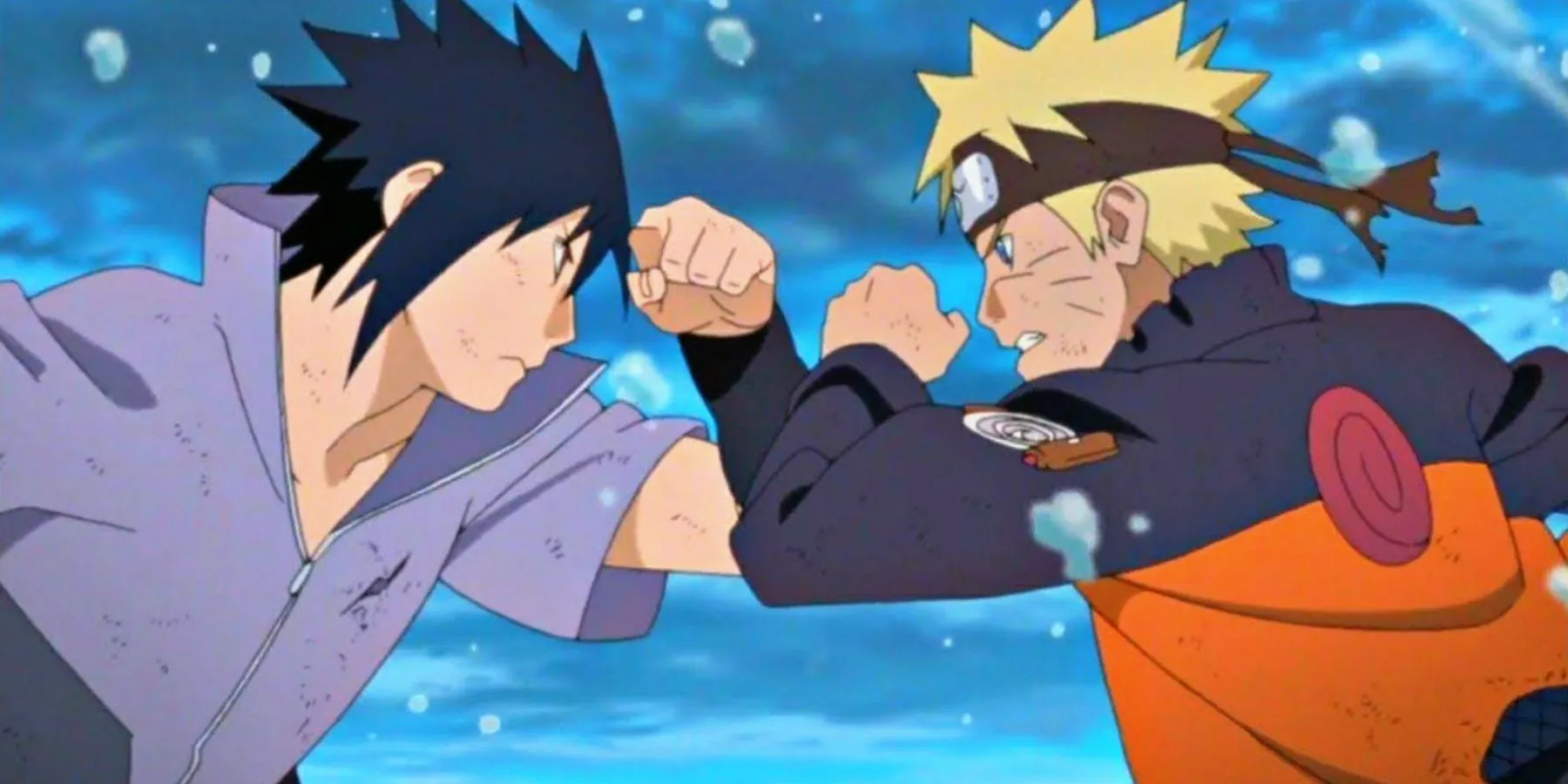
The rivalry of Naruto and Sasuke from Naruto offers another classic depiction, where rivalry starts as friendship and evolves into familial bonds. Both characters are propelled by an overwhelming desire for acknowledgment—Naruto as a lonely outsider and Sasuke as the last scion of a mighty clan. Their dynamic is driven by the pursuit of qualities they see in each other, leading them to strive for excellence—either to keep up or to surpass.
As the rivalry matures, it transcends mere physical confrontation, digging into emotional intricacies. The essence of their connection is highlighted by Naruto’s unwavering commitment to bring Sasuke back from the shadows of his darker choices. Naruto does not seek to equal Sasuke in strength alone but aims for emotional closeness as well. Their competition exemplifies how deep friendships can manifest through rivalry, showcasing the lengths to which characters will go to reconnect with their cherished ones. Ultimately, this narrative illustrates how profound rivalries may stem from strong connections and shared aspirations.
Ash and Gary: Persistent Competitors
Rivalry as a Springboard for Aspiration
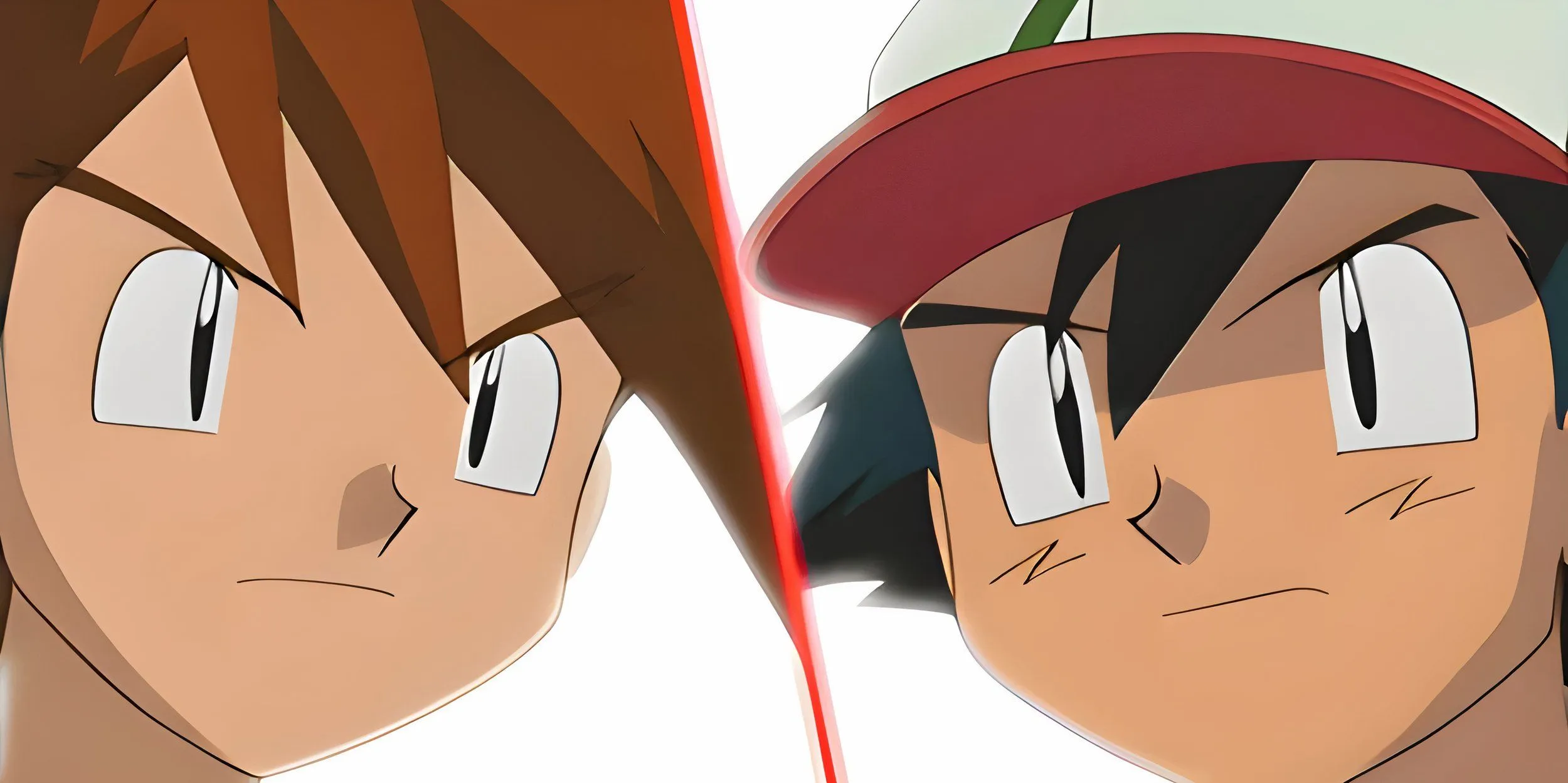
In the Pokémon series, the dynamic between Ash and Gary acts as a catalyst for ambition for both individuals. Initially condescending, Gary’s attitude spurs Ash to prove his value as a Pokémon trainer. However, as Ash gains experience and confidence, Gary develops a grudging respect for Ash as a serious opponent. This rivalry drives Ash to hone his skills, leading him to earn badges, capture new Pokémon, and face formidable competitors.
Eventually, Gary pivots away from his trainer endeavors, focusing on a scientific career, thereby transforming their rivalry into a genuine friendship rooted in mutual admiration. This relationship serves as a metaphor for the evolution of rivalries, illustrating how competitive spirits can foster newfound ambitions and reveal deeper insights into each character’s growth. The Ash-Gary rivalry stands as a testament to the potential of healthy competition to morph into respectful camaraderie.
Asta and Yuno: Brothers United by Competition
Shared Aspirations, Diverged Paths
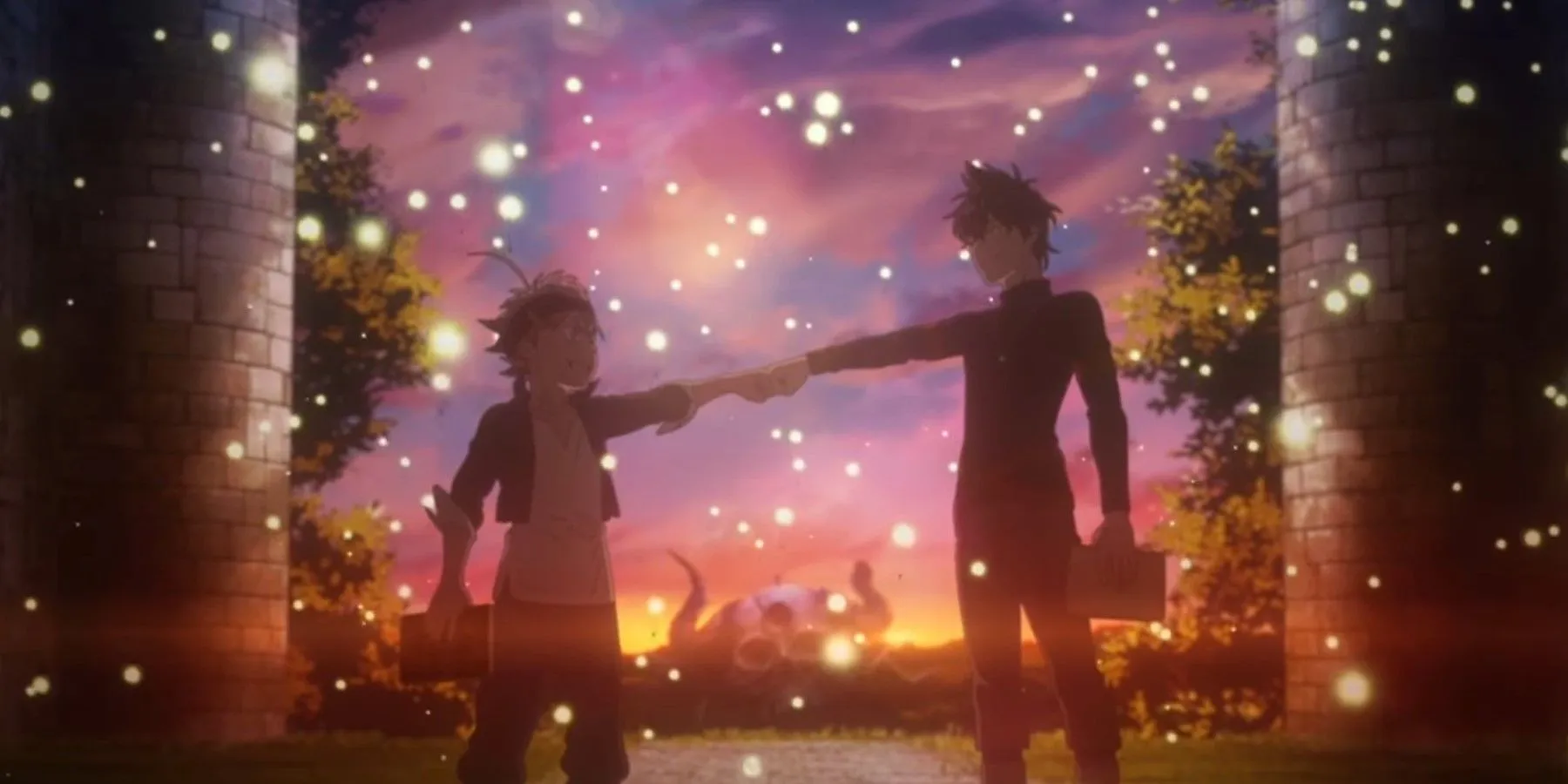
In Black Clover, Asta and Yuno’s rivalry is founded on a shared promise to become the Wizard King. Despite their drastically different backgrounds—Yuno being a talented mage while Asta possesses no magical abilities—both inspire one another to strive toward their goals. Asta’s physical tenacity and Yuno’s magical prowess lead them on different yet complementary journeys that continuously challenge their growth.
The uniqueness of their rivalry lies in the supportive nature that accompanies their competition. This balance between camaraderie and rivalry exemplifies how friendly competition can drive motivation. Through Asta’s determination and Yuno’s expertise, they ignite each other’s pursuit for advancement—a reflection of how mutual aspirations can elevate competitors to unparalleled heights, showcasing the extraordinary potential in friendly rivalry.
Midoriya and Bakugo: Intense but Respectful
Misunderstandings in Friendships
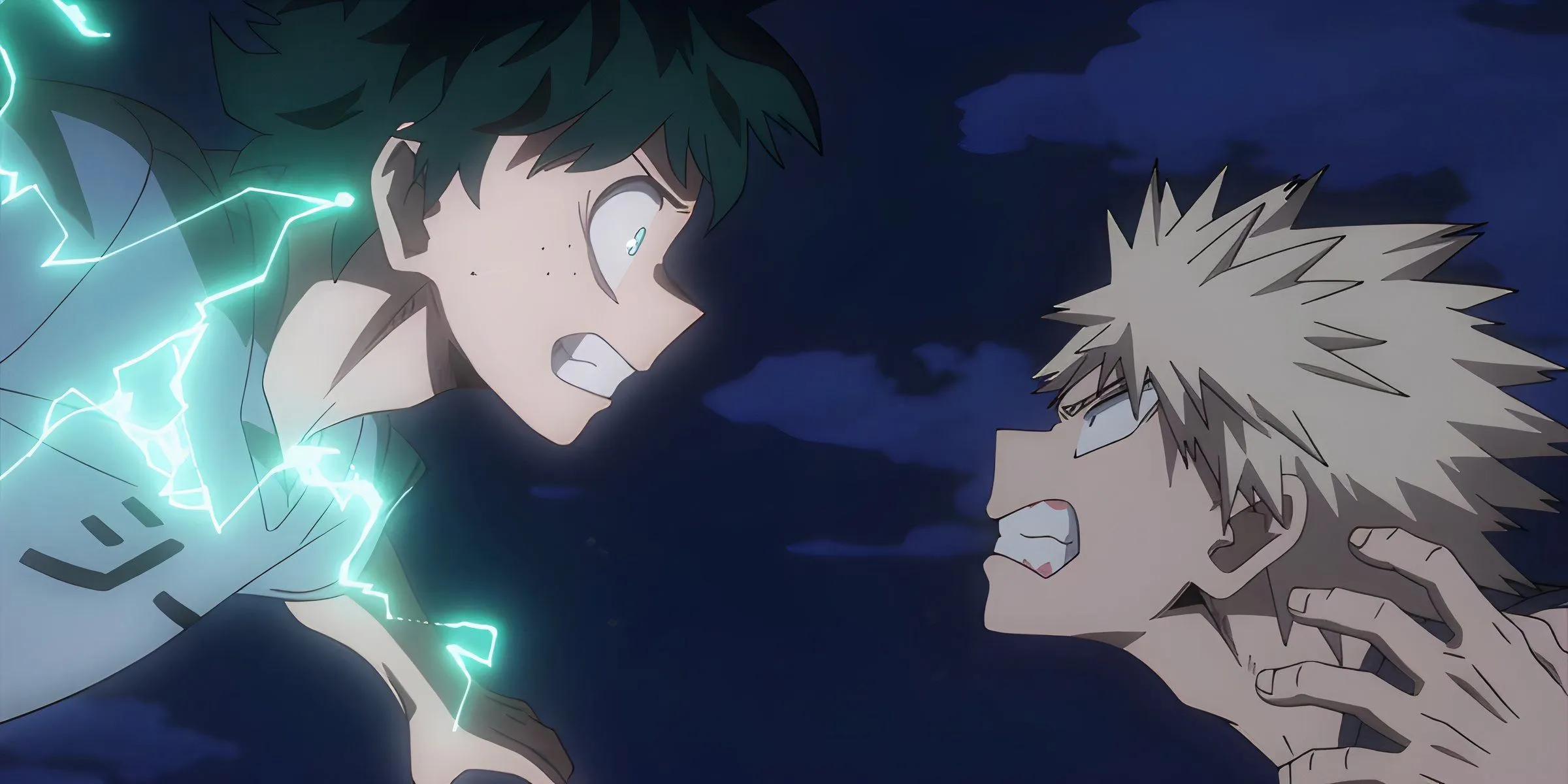
In My Hero Academia, the contention between Midoriya and Bakugo offers a complex portrayal where admiration intertwines with resentment. Bakugo’s initial contempt for Midoriya evolves as he recognizes the strength and dedication Deku possesses as a budding hero. Their rivalry propels both into new realms of growth, challenging Bakugo’s resolve while simultaneously encouraging Deku to examine his own motivations and growth.
As time progresses, Bakugo begins to appreciate Deku’s strengths and determination, leading to a more supportive rivalry. They learn to value each other’s unique talents, showing how rivals can invoke the best in one another through understanding and empathy. Their journey is a poignant representation of growth fostered by shifting perceptions and acknowledgment of one another’s capabilities.
Meliodas and Ban: An Engaging Narrative of Friendship and Competition
Competing for Strength and Fellowship
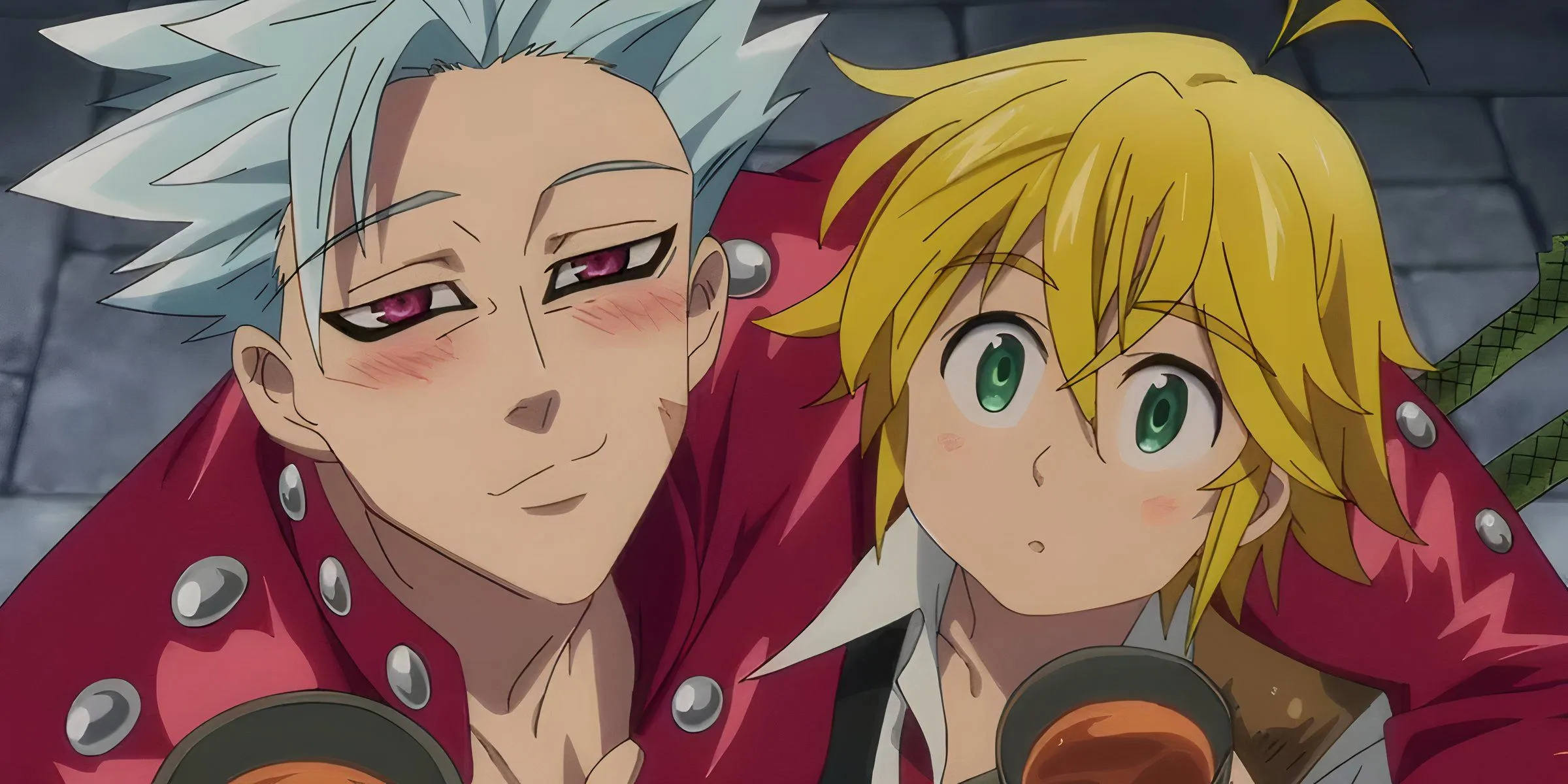
The rivalry between Meliodas and Ban in The Seven Deadly Sins beautifully portrays a friendly competition that drives mutual growth. Both characters boast incredible abilities and share a close friendship, with Ban frequently challenging Meliodas to physical contests like arm wrestling. Their rivalry, although rooted in strength, is deeply anchored in their contrasting but complementary personalities.
For Meliodas and Ban, a profound mutual respect underscores their rivalry. Both demonstrate selflessness, willing to sacrifice for one another, highlighting a theme of loyalty amidst competition. Their antagonistic yet playful rivalry reinforces the idea that allies can embrace a competitive spirit, forming a strong bond that encourages both to grow and become even stronger.
The Effect of Rivalry on Viewers
The Influence of These Showcases in Our Youth
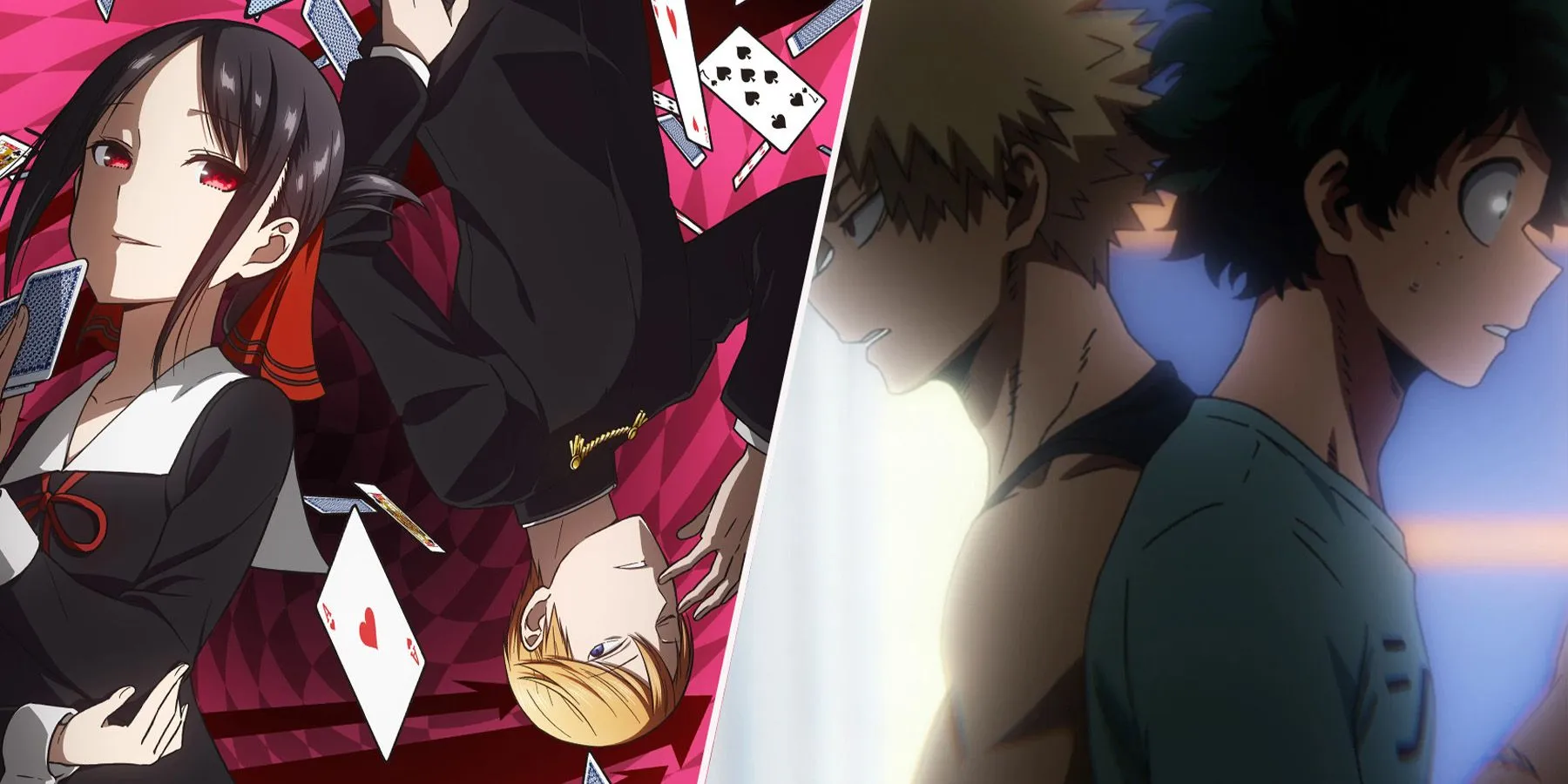
Anime rivalries significantly resonate with audiences, largely because viewers grow up alongside their favorite characters and their complex journeys. Witnessing remarkable contenders like Goku and Vegeta or Naruto and Sasuke push one another beyond their limits creates an emotional connection, reflecting our own aspirations to confront challenges and grow stronger. Such rivalries encapsulate personal development through competition—an experience many fans can relate to in their daily lives.
The Influence of Rivalries in Anime
Competition as an Avenue for Growth
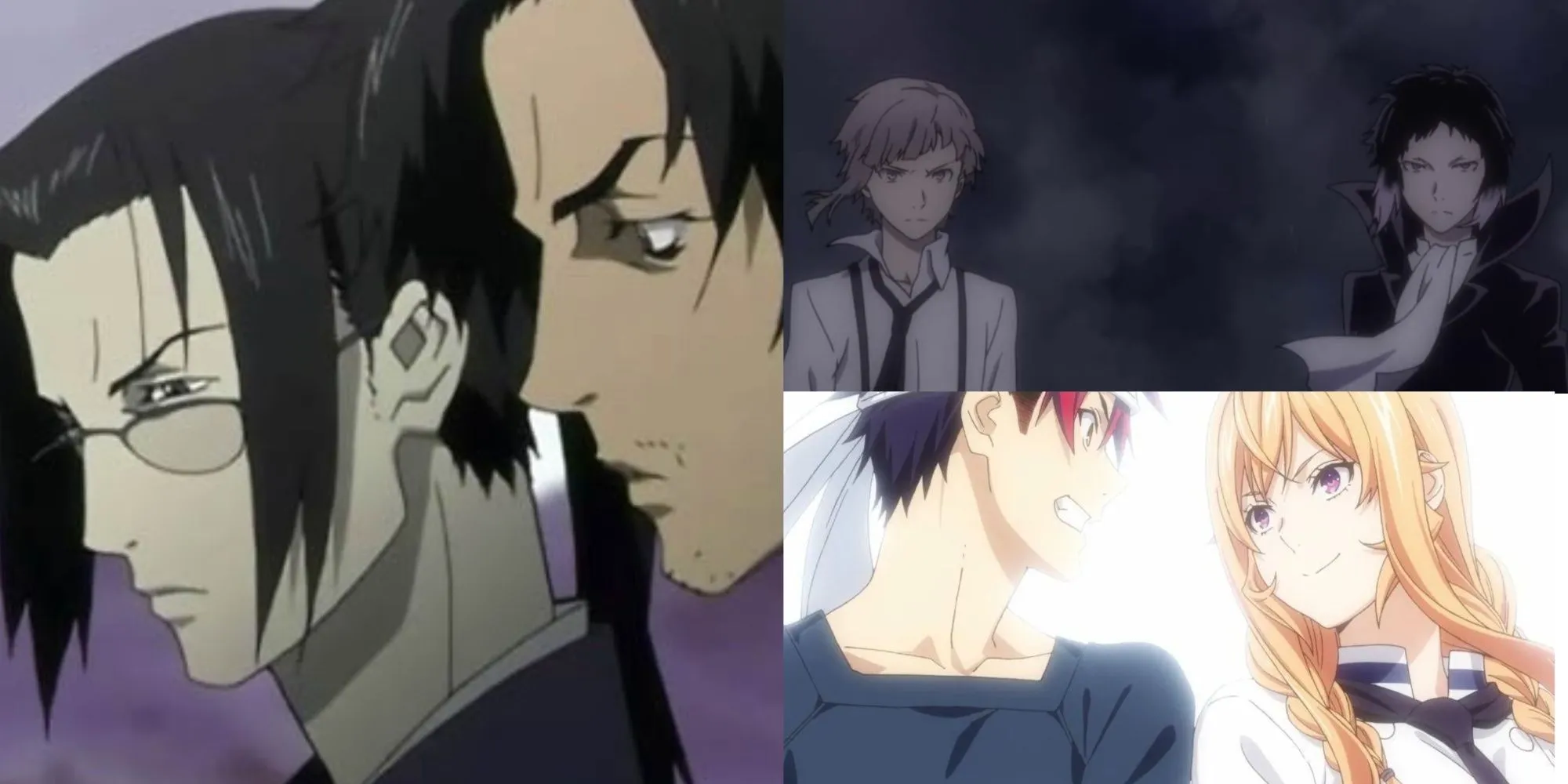
Rivalries in anime represent more than just competition—they are a pathway to self-discovery, growth, and connectivity. By challenging one another, rivals create dynamics that push characters to transcend their limitations, develop new skills, and gain profound self-awareness. Iconic pairs like Goku and Vegeta or Naruto and Sasuke demonstrate that rivalries born from conflict have the potential to mature into deep, respectful connections—characterized by admiration and even friendship. Such narratives have a lasting impact on audiences, illustrating that personal growth is most potent when one has companions who continuously motivate them to reach their fullest potential.
In the realm of anime, the repercussions of rivalry highlight not just character progression, but also the ability of these relationships to inspire the audience. Rivalries remind us of the virtues inherent in healthy competition, the necessity of resilience, and the fulfillment of striving to become our best selves.
Image credits: Gamerant.com




Leave a Reply